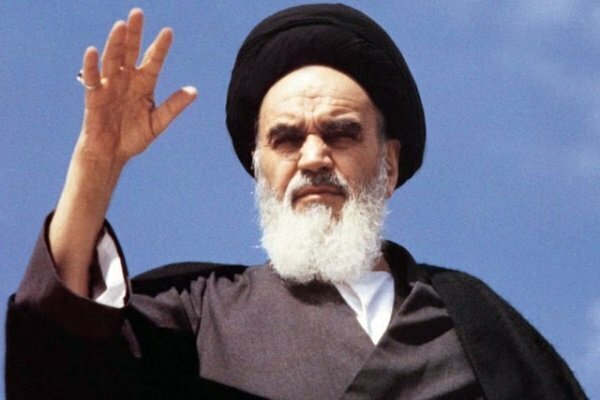INSUBCONTINENT EXCLUSIVE:
there would be no Islamic Republic of Iran today
But the ideological earthquake triggered by this charismatic Islamic leader during his lifetime sent tremors well beyond the borders of Iran
and the Persian Gulf region, and continues to propagate aftershocks globally to this very day, decades after his heavenly departure on the
13th of the Persian month of Khordad in the year 1368 SH, corresponding to June 3, 1989.Born on the 30th of Shahrivar in the year 1281,
September 24, 1902, in the central Iranian town of Khomein, the young Ruhollah Mousavi experienced the pain of being orphaned at the age of
five months when his father, Ayatollah Mostafa Mousavi, was martyred while travelling from Khomein to Arak
By the age of 15, the young future founder of the Islamic Republic of Iran had also lost his mother, Banu Hajar, and his aunt, Sahebeh
Ayatollah Borujerdi came to Qom, Imam Khomeini was already a recognized teacher with authority in the areas of jurisprudence (feqh),
being the day in the year 61 AH / 18 Mehr 59 SH / October 10, 680 CE that Imam Hussein was martyred on the plains near Karbala, Iraq along
Imam Khomeini gave a speech at the Feyziyeh School in Qom denouncing the shah, Mohammad Reza Pahlavi, for his attempts at eradicating Islam
Tehran, where he was imprisoned first at Qasr and then at Eshratabad Military Base until being released almost a year later
Upon the first anniversary of his arrest, and the subsequent protests, which became known as the 15th of Khordad uprising and were brutally
suppressed, the Imam called for a general day of mourning
Islamic nations hate imperialism in general and the United States in particular ..
flown to Ankara, Turkey on a military aircraft to begin an exile from his homeland, which did not end until his triumphant return 14 years
later on 12 Bahman 1357 / February 1, 1979.While exiled in Najaf, Iraq, the Imam formulated his concept of Islamic governance (Hukumat-e
Islami) in a series of lectures given at the seminary in 1971
In those sessions, the form of Islamic government known as Velayat-e Faqih, which could be translated as guardianship by the jurist, was
time there was no returning
Previously on December 29, the shah had appointed Shapour Bakhtiar as prime minister, ordering him to form a government, which was doomed
Rejecting the legitimacy of this desperation measure on the part of the shah, the Imam established a revolutionary council on January 12
Days after his arrival on February 1, the Imam organized a provisional Islamic government, and by 2 pm on February 11, the armed forces
-trained and equipped military
Therefore, in lieu of armed confrontation, his approach was to appeal to the soldiers in a simple but effective manner, asking them not to
immobilized in its tracks; the soldiers initially disobeyed orders to shoot, then began arresting the selfsame officers giving those orders,
Ali Shariati, who had prescribed the cure for the illness of the Iranian people under the United States -imposed shah as being a return to
guardian-ruler during the occultation of the 12th Imam, was drafted by a group of Islamic scholars in the summer of 1979 and approved by an
government as established in the Islamic Republic of Iran went on to prove its resilience in the face of a relentless onslaught of economic
sanctions, propaganda campaigns and proxy wars all launched under the auspices of that shaytan-e bozorg, the United States of America and
Yet despite the best (or worst) efforts of this nation of warmongers, the Islamic Republic of Iran has endured as testimony to the lasting
legacy of Imam Khomeini, decades after his heavenly departure in 1989
Furthermore, those who imagined that the Islamic revolution would pass away with the Imam were shocked to see that his death served to renew
the revolutionary zeal of Islam-minded Iranians.Beyond establishing an Islamic government in Iran, Imam Khomeini initiated a seismic shift
in geopolitical tectonics much to the horror of the United States and its clients
Afghanistan, but the result was ironic; United States forces were ensnared in ever-expanding, costly wars and open-ended military
occupations to topple the very same regimes the Great Satan had incited against Iran

